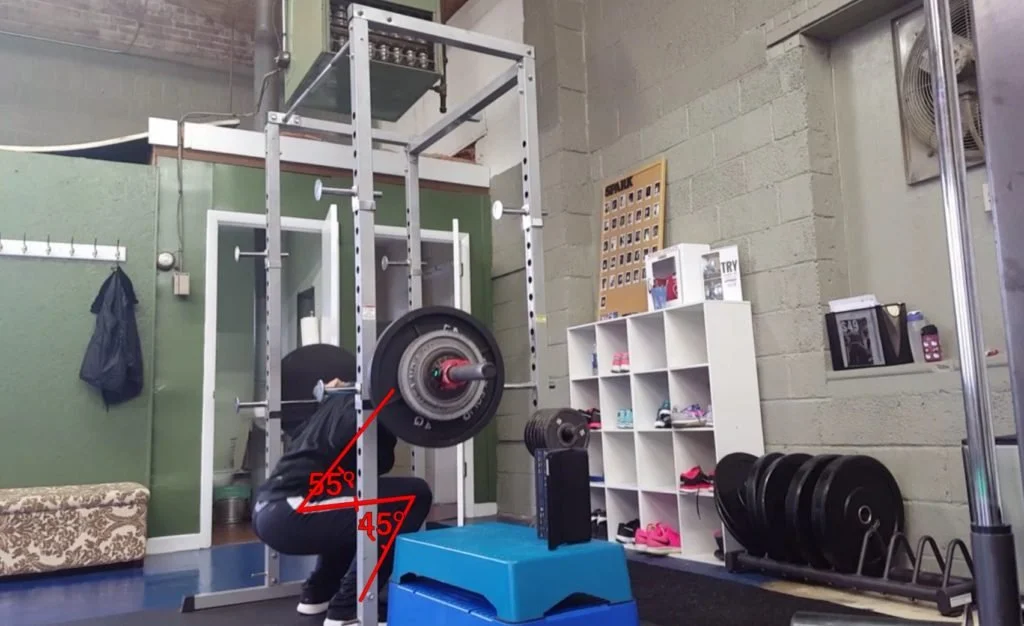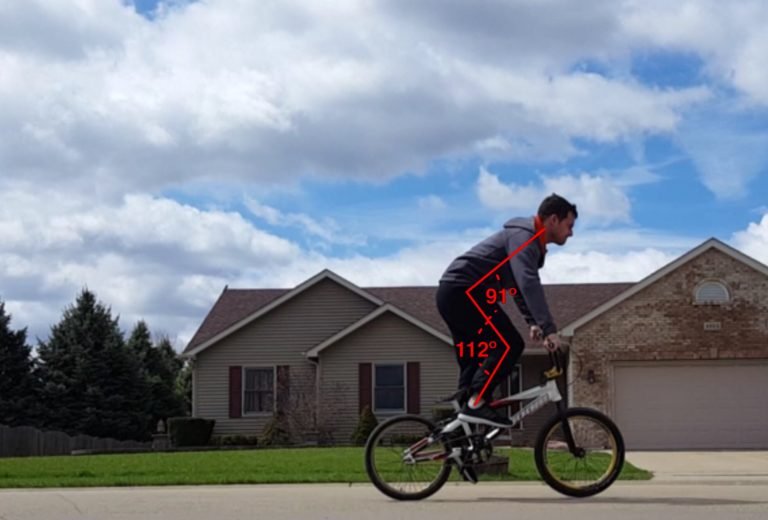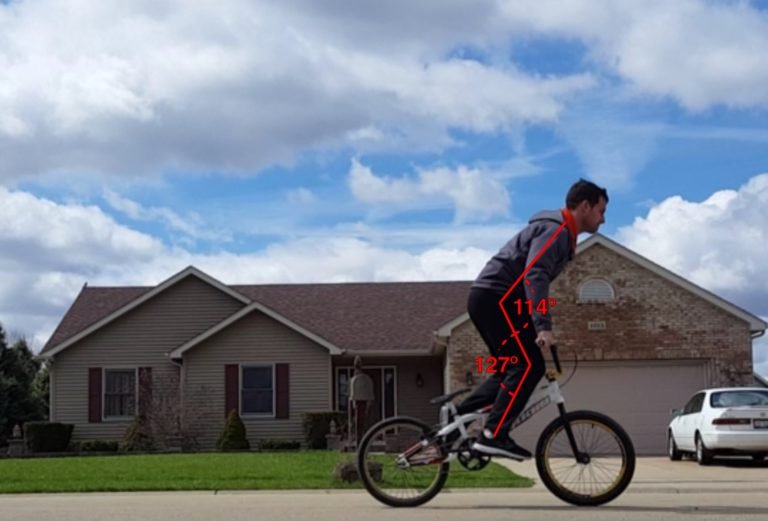Is squatting deep really important?
No one wants to be the guy that posts his epic workout video on Instagram, only to have a bunch of people critique his technique. I’m totally guilty of rushing to judgment and adding a critique, particularly when I was just studying to be a personal trainer and thought I knew it all. I swear I try not to do it anymore. Now, instead of telling someone to do this or that. I try and ask questions to find out what they are trying to accomplish.
A very important aspect of training is first figuring out your goal and then designing a program of exercises, duration, volume, etc. to elicit the desired stimulus. #specificity
Squat depth is the perfect example of why more may not always be better.
Chances are that if you worked out in a gym before and actually did squats, then you have tried or were told to squat really low. Then you realize that it’s tough to squat super low with a big, heavy bar on your back. It’s really challenging to grind out a heavy squat when you achieve a depth where your thighs are parallel to the ground.
We often associate hard with optimal.
But what if I told you that deep squats may not necessarily be the best thing for your performance on a bike? Mind blown yet? What if that dude in your gym you were making fun of for doing partial squats was actually doing it for a reason?
First, before I make my case for why limited-depth squatting can be beneficial – let’s get a few things out of the way.
A deep squat is important, but not necessary for most sports performance. If you don’t get into those specific joint angles (deep squats) often in your sport, chances are training almost exclusively in a deep squat position is not necessary (IMO).
You should have the mobility to do a deep squat for resting positions. If you squat down and can only stay there for a limited time with mild to excruciating pain… then your mobility sucks and that’s a whole other blog post or two.
You should take periods throughout your year where you actually maintain and train the deep squat. I’m not saying to never squat deep again. It’s important to maintain the strength and mobility you already have but not very important to continue training your body in joint positions that your sport doesn’t require.
Partial squatting could put more load on the knees. Although counterintuitive, deep squats are thought to recruit more glutes and hamstring to stabilize the knee. Or maybe it’s simply that you may use less load for a full squat. For some, deep squatting may be better for their knees and for others not so much. As with any exercise, start slow and build up load and volume over time.
How Deep Should BMXers Squat?
I think we should look at the hip, and knee angles that are required for our most powerful movements on the bike. If we look at sprinting, the angles of our joints are really not all that similar to a traditional deep squat.
If you compare the angles of a deep squat to the angles we see while pedaling a bike, you will see that they are really quite different.
At the very top of the pedal stroke, the degree of the angles that are created is nearly twice that of the deep squat.
At the point of what is known as the “power phase” of the stroke, the angles resemble more of a jump than a deep squat.
So, why wouldn’t we just squat deep just in case we do need to bend our knees that far? Isn’t more, better? I don’t think it is, so I used some technology to help prove my point.
I did some back squats using my body weight (200 pounds) as the load. The test involved 3 reps of a full squat (hips below the knees). I rested for a couple of minutes and repeated the test with a partial, half squat. Here is what I noticed…
With a half squat, my peak average velocity was over 30% higher than the full squat.
The maximum force was only slightly higher during the full squat than the half squat.
If the force numbers were similar but the velocity of the movement was much faster during a half squat, this means that the total power created was substantially higher (sorry, I don’t have the exact numbers).
Full Squat Average Velocity = .79 meters per second
Half Squat average Velocity = 1.16 meters per second
Conclusion
While squatting deep will build more strength throughout a full range of motion, it will also cause us to not train peak power production. Full squats don’t allow us to replicate the speeds of pedaling a BMX bike. In BMX, the name of the game is producing power quickly. With these findings, I can’t imagine why a BMX athlete wouldn’t spend some time training the squat pattern to a depth that more realistically emulates the pedal stroke.
I’m not the only one to come to this conclusion either. There was a study done last year that showed quarter-and-half squats to be far superior to full squats in improving 40-yard dash times and vertical jumps over the course of 16 weeks. While the sports scientists did not study any BMX performance metrics, I think it’s logical to assume that there would be a similar carryover into pedaling a bike.
What do you guys think? Let’s continue the discussion on Facebook or Instagram!







